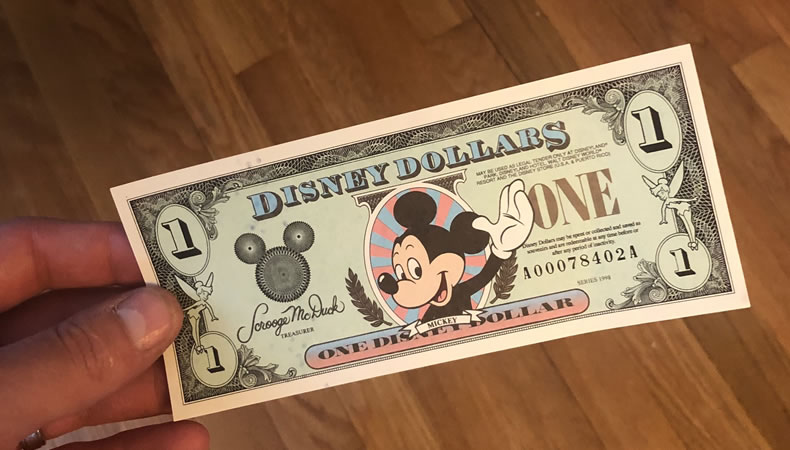Disney Dollars: The Business Of Private Dollars

Since 1987, Disney had sold its own currency, the Disney Dollar, turning it into a distinguished and legitimate form of money within the Disney universe. However the Hollywood giant isn’t the sole player in the game of private baller dollars! There are more companies or groups who also deal in private currencies in their businesses.
What is Community Currency?
Community currency is issued by community organizations or private entities for use at local businesses with the aim of keeping money circulating within the local community. Residents can exchange dollars for community currencies at local exchanges and sometimes bank branches.
Some Other Regional Currencies
●The Kekfrank: A Currency You Can Drink To!
●The Salt Spring Dollar
●Berkshares
●The Totnes Pound
●Canadian Tire Money
The Baller Dollar
The dollar bills feature iconic characters including Mickey Mouse, Minnie Mouse, Goofy, and are signed by treasurer Scrooge McDuck. The cash also featured many other popular toons including Cinderella, Dumbo and Sleeping Beauty.
Related Posts
No Mickey Mousing Around
Disney dollars have their own anti-counterfeiting printing and can be used to buy goods & services in all U.S. Disney parks, cruise ships and cruise lines, including ticketing locations, food & beverages venues, merchandise locations and recreation areas.
Kill The Bill
After a successful run of nearly 30 years, the company stopped minting or selling the bills on 14th May, 2016. “It’s a testimony to the enthusiasm and heart of Disney guests and collectors that Disney dollars remain collectible today” a Disney spokesperson said.
Possession of Disney Dollars
While no longer available to purchase you may continue to use your previously purchased Disney Dollars at Walt Disney World Resort, the DisneyLand Resort and select Disney Store locations!
Fake Money But Real Lessons
According to a study at a University of Cambridge, these private or community currencies have an important role.
●By the age of 7, more children are capable of grasping the value of money.
●Children who are allowed to make age-appropriate financial decisions and/or experience spending or saving dilemmas can form positive ‘habits of the mind’ when it comes to money.









